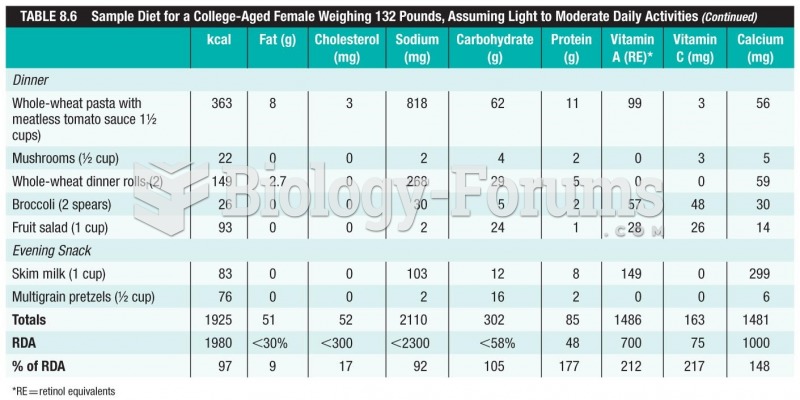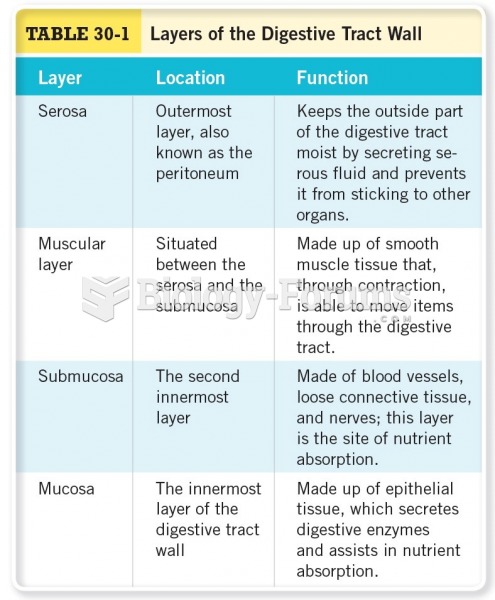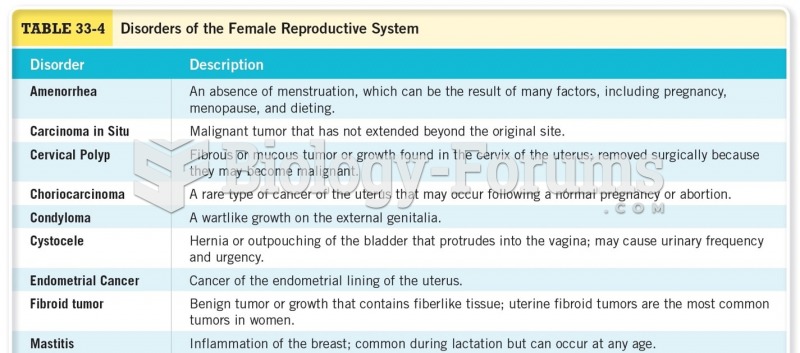Answer to Question 1
Correct Answer: 2
Rationale 1: Fluoroquinolones are contraindicated in children under age 18 because of the possibility of cartilage damage.
Rationale 2: TMP-SMZ is the only drug listed that can be administered safely to a child.
Rationale 3: The safety and efficacy of fosfomycin have not been established in children younger than 12 years old.
Rationale 4: Fluoroquinolones are contraindicated in children under age 18 because of the possibility of cartilage damage.
Global Rationale: TMP-SMZ is the only drug listed that can be administered safely to a child. Fluoroquinolones are contraindicated in children under age 18 because of the possibility of cartilage damage. The safety and efficacy of fosfomycin have not been established in children younger than 12 years old.
Answer to Question 2
Correct Answer: 3,4
Rationale 1: Trimethoprim-sulfamethoxazole is the drug of a choice for treating AUC but is not used in communities with large numbers of drug-resistant conditions.
Rationale 2: Ciprofloxacin is a drug of choice in treating AUC but is not used in communities with large numbers of drug-resistant conditions.
Rationale 3: Norfloxacin is often prescribed in communities with a large number of drug-resistant conditions.
Rationale 4: Nitrofurantoin is often prescribed in communities with a large number of drug-resistant conditions.
Rationale 5: Fosfomycin (Monurol) is often prescribed when compliance is an issue, not in communities with a large number of drug-resistant conditions.
Global Rationale: Norfloxacin (Noroxin), ofloxacin (Floxin), levofloxacin (Levaquin), and nitrofurantoin have become preferred drugs for AUC in communities with large numbers of drug-resistant conditions. Fosfomycin (Monurol) is used when compliance is an issue. Trimethoprim-sulfamethoxazole and ciprofloxacin are not the best drugs for use in communities with large numbers of drug-resistant conditions.






